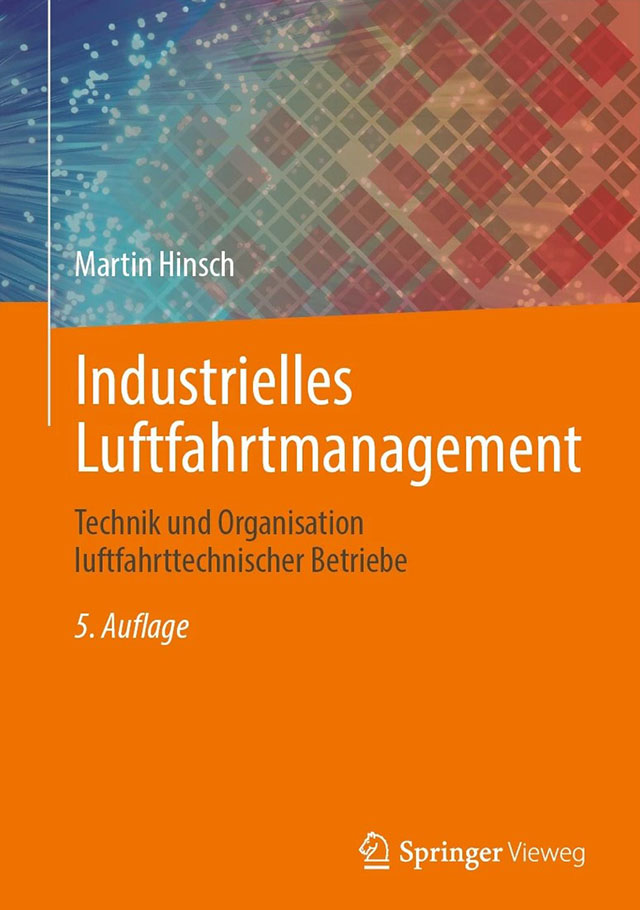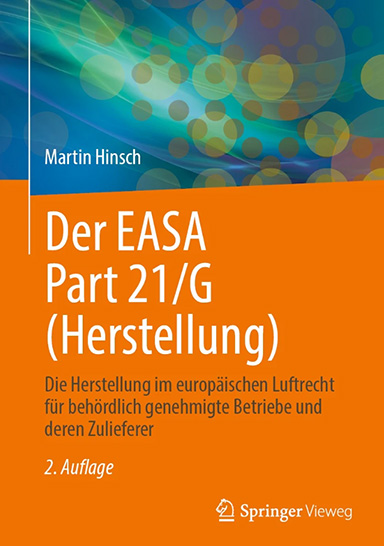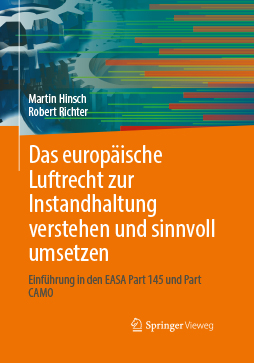Human Factors – Introduction
Aviation can thus look back on more than 30 years of practical experience in the field of human factors management. During this time, not only have the methods and tools for controlling human factors been continuously improved. Special features with regard to target group and company-specific requirements were also identified. This success is reflected in figures. Currently, there are about three serious accidents for every million flights worldwide. In industrialized countries, the rate is significantly lower again. The application of Human Factors training and work concepts contributes to aviation’s success today as a high performance organization and is perceived as such by the public. No other industry can boast lower error rates.
Do you already know our Human Factors E-Learning?

- 210 minutes (Initial), Modular also Refresher
- Video animated clips with voice over
- Automatic certificate sending after successful test
- With all requirements of EASA Part 145
- Also well suited for other industries
- Individual training for medicine, info here.
Human Factors Education & Training
Human factors training, which is mandatory in aviation, aims to address the findings that contribute to the understanding of human errors among the people involved at all operational levels. In this way, indirect and direct causes and consequences of human errors are identified at the same time, thus enabling safer and more effective work performance. The 12 biggest human hazards (Dirty Dozen) that cause faulty work execution and other causes of Human Errors can be found in the following post.
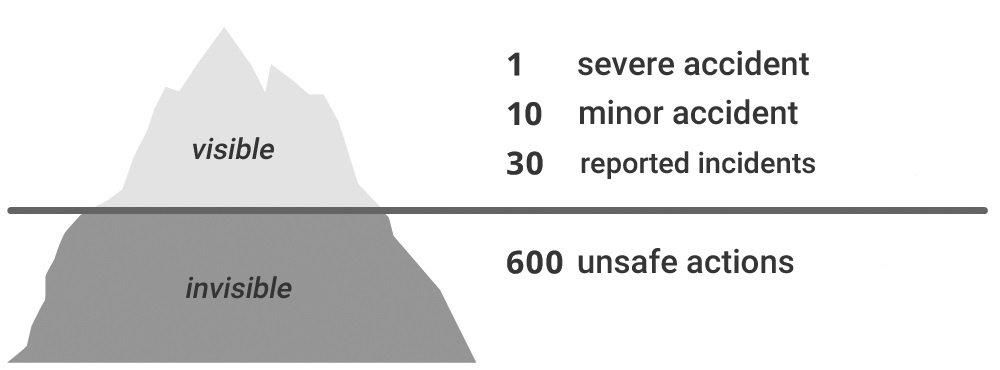
The goal is therefore to make employees aware of less obvious errors as well, in order to prevent major errors by reducing minor ones (iceberg model). This requires, on the one hand, raising employee awareness and, above all, establishing a company organization that:
- takes into account human performance, capabilities and limitations,
- has structures in place within the scope of work execution that are capable of minimizing human error,
- has training and continuing education structures in place that raise awareness of the “human factor” issue and thus also make any weaknesses in the aforementioned mechanisms visible.
In aviation, human factors training is mandatory for all personnel whose decisions influence airworthiness. This includes not only pilots, cabin crew and air traffic controllers, but also managers such as accountable managers, production managers, shift supervisors and administrative personnel such as planners, engineers, quality management personnel and production personnel in aircraft manufacturing and maintenance.
With regard to training frequency, the European Aviation Safety Agency (EASA) sets a period of approximately two years, unless special operational or non-operational events or occurrences require a higher training intensity.
Do you need Human Factors training in person?
We are happy to share our know-how with you!
Get a non-binding offer at or
+49 (0)40 5131 5291
Human Factors + Error Prevention Outside of Aviation
In the day-to-day operations of companies and public authorities, misconduct fortunately ends far more unspectacularly than in aviation and takes place beyond the public eye. Every one of us is familiar with these minor errors: an order was not processed or was processed too late, a customer commitment was forgotten, a supplier was not commissioned or internally important messages were not forwarded in time. Such mistakes cost time and money. In addition, they can worsen customer satisfaction and, in the event of repetition, worsen the company’s own reputation. This is all the more annoying because most incidents are easily preventable.
In order to reduce the consequences of technical and human errors and thus contribute to an improvement in process stability and the performance of the entire organization, Human Factors activities should be geared towards this:
- align the work environment with the needs of the employee,
- Clearly and transparently distribute tasks and responsibilities among employees as well as between humans and machines, while at the same time
- Identify the risks at the interfaces and make them visible to employees in their work environment.
Such measures make an effective contribution to making organizations more successful and resistant to errors. Companies establish powerful protective mechanisms by means of systematic human factors measures to prevent incidents and “crashes”. Within the framework of the Swiss cheese model, this mechanism of action is visualized. The organizational structure with its different levels is represented in it by cheese slices, while the system weaknesses are symbolized by the cheese holes. With the methods and tools offered by AeroImpulse, organizations can reduce the deficiencies in their organizational structures and thus plug the holes in the Swiss cheese model.
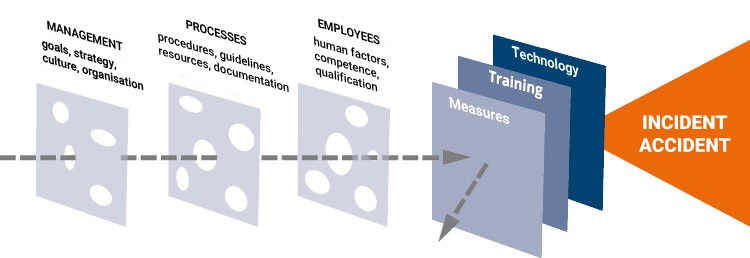
Our Books
Do you already know our books on technical aviation management?
